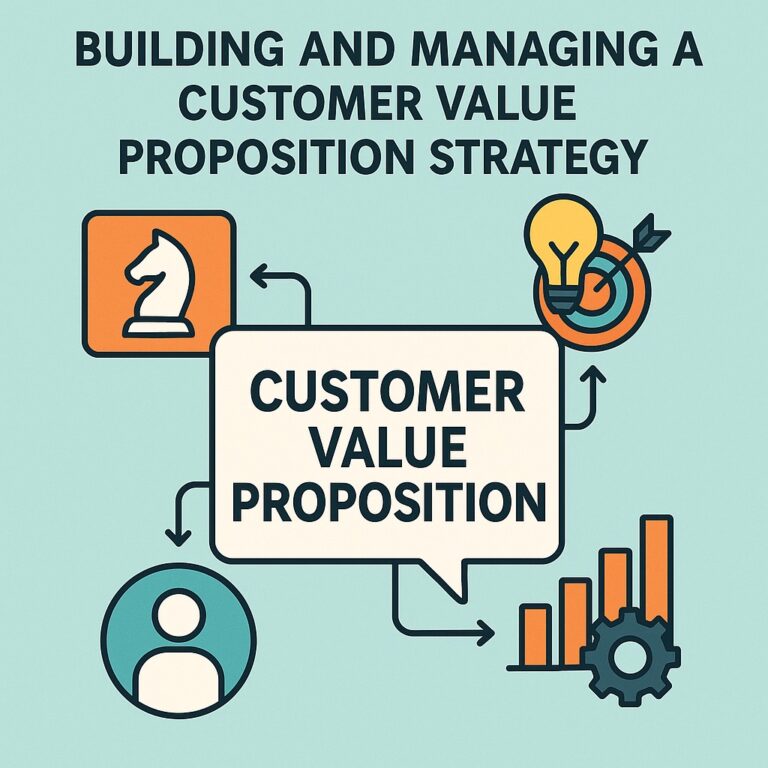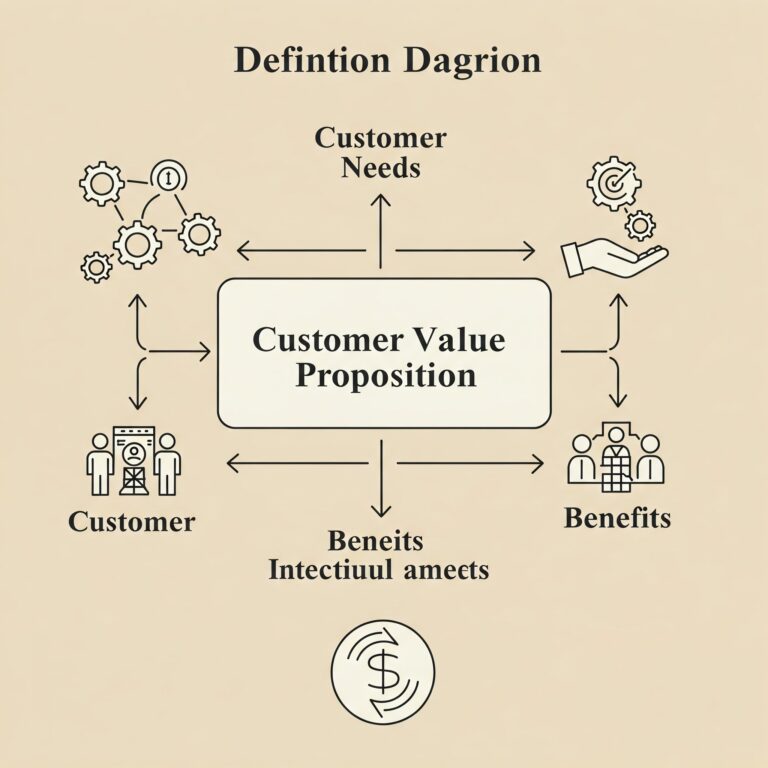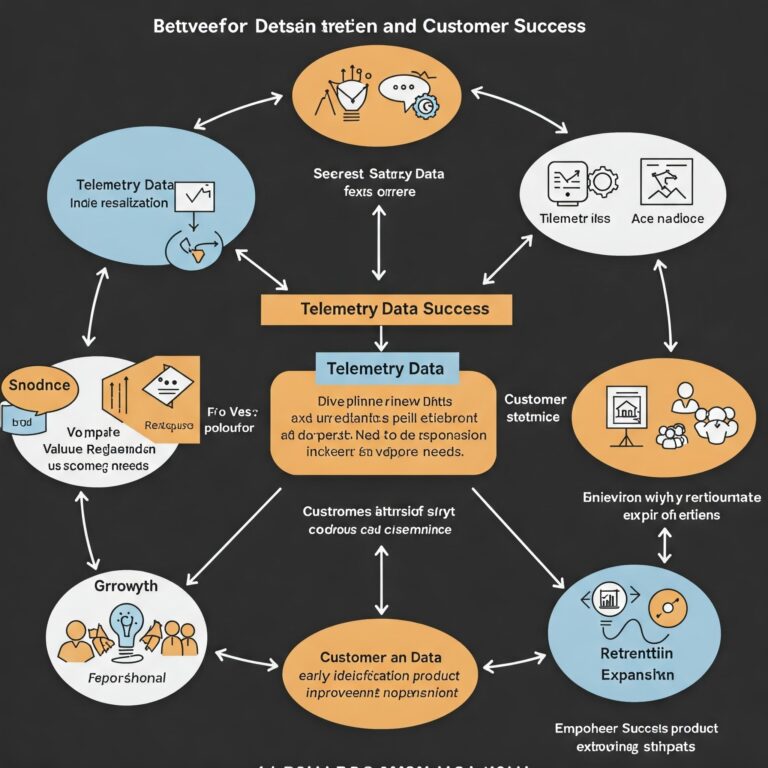Does sales and marketing alignment exist?
Marketing and sales teams operate under separate but related sets of objectives—marketing to drive awareness and bring as many high-quality leads to the top of the funnel as possible; sales to determine which of those leads are potential buyers and quickly and efficiently drive them through the funnel and close as many high-quality deals as they can.
What is the definition of “alignment?” In its simplest form, alignment means there is a shared understanding of what is required to achieve desired outcomes. With that shared understanding comes a commitment to invest in the right places to achieve those outcomes.
If you accept these definitions, it’s fair to say that sales and marketing alignment is elusive. Marketing and sales investment decisions are often hotly contested, in many cases with strong debates about what to conclude from the data that’s being reviewed. Moreover, the teams are frustrated with each other.
Marketing teams remain puzzled why sales are so unable to convert the numerous leads they are provided into closed sales. They don’t believe sales reps accurately portray the company’s solutions to customers. They know sales reps don’t use the “latest and greatest” marketing content, or they’re not effective at regurgitating the excellent insights on competitive battlecards. They are bewildered by the frequent discounting required to close sales.
Sales teams complain that marketing leaders don’t provide content that is useful enough to advance sales. They contend that many of the MQLs that are provided shouldn’t be MQL’s in the first place. They like the concept of Account-Based Marketing, but struggle to see its results.
Read now: To Succeed in Sales, Speak Your Prospect’s Language
So, why does sales and marketing alignment tend to be so elusive?
One driver is the challenge associated with building a shared understanding of the Ideal Client Profile. The Ideal Client Profile should be created by Marketing and Product, and taught to sales. It should include demographic (size, revenue, location, industry), behavioral (what solutions and processes are they using today), and cultural components (what do leaders believe is required to drive success).
Marketing teams can do a better job of analyzing true drivers of value for existing customers. They can more effectively create discovery and qualification guides that help to identify good targets.
Sales teams can be better at using such guides. They can introduce more discipline and accountability around where they spend their time.
Best practices to align sales & marketing teams
The most important part of aligning sales and marketing is sharing and supporting one another’s goals. By staying in close communication regarding each other’s needs, both teams serve and bolster each other’s efforts. There should be a continuous feedback loop that contributes to each other’s messaging: Sales needs to know who’s out there looking and what they respond well to, while marketing needs to know what’s getting people to buy (or, conversely, not buy).
Things marketing teams need to know from sales teams
- Why are deals lost?
- What causes deals to stall?
- What kinds of content can help save a deal in jeopardy of being lost, or kick-start a stalled deal?
- What assets, scripts, or motions have helped to seal the deal, and how can marketing amplify and scale those items?
- What is the product missing?
Things sales teams need to know from marketing teams
Who is typically looking at the product and why?
- What messaging draws them in?
- What is the best way to position against typical competitors?
- What messaging gets them to take the next step?
- How do they follow up after the deal has closed for up-selling and renewal opportunities?
Read now: 4 Ways To Convey Your Product’s ROI To Increase Sales
Enable sales and marketing alignment with Valuecore
Sales and marketing teams working together to a common goal is the most effective way to target, nurture, and win over prospects. ValueCore let’s you accomplish your both sales and marketing goals.
The ValueCore platform can create dynamic content that facilitates collaborative conversations during the sales cycle, which marketing teams can gather, examine, and summarize into high-level messaging that speaks to a larger problem and the real value clients will see from your product in that context. This creates messaging that is not only pointed and relevant but also determined from real data.
To learn more about how ValueCore can help your sales and marketing teams both achieve their individual goals while supporting one another, reach out to our experts for a demo or submit a spreadsheet today and find out.




